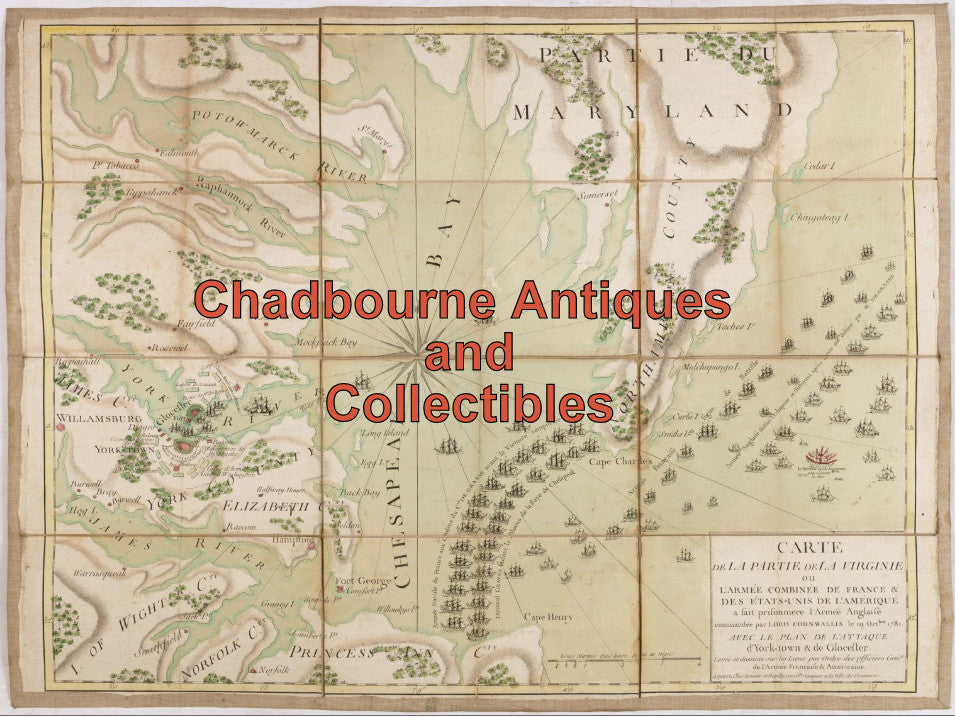$40.00 CAD
| /
Working Cards from January 7th to May 5th 1888 for W. Henderson in the Toronto Typographical Union.
JAN-FEB
TORONTO TYPOGRAPHICAL UNION, NO 91
This is to certify that Mr. W. Henderson has paid dues from January 7th 1888 to Feb. 4th 1888 and is entitled to work in all Union Offices until the latter date, when the Working Card must be renewed
W. Parr Financial Secretary
WORKING CARD
For each month different amount dues..$11.05, $4.70, $3.45, and $0.75
Folds, discoloration
7 ½ x 11 ½
The Toronto Typographical Union (TTU) was an early Canadian trade union in the printing industry. First organized in 1832, it came to prominence in 1872 when it organized a major strike in Toronto.
Working 11 to 12 hours a day, six days a week, the Toronto Typographical Society went on strike.
The workforce in the Industrial Age put in long, exhaustive hours, six days a week to earn even the barest of a living. They had few employee rights; the employer held the upper hand over all action regarding the workplace, especially over the length of the workday.
Tired, workers started a movement in the early 1870s to reduce the length of the workday to nine hours, enough to permit a little more rest, a little more “life” away from the job. Employers were not impressed. On March 25, 1872 the Toronto Typographical Society went on strike against The Globe newspaper, owned by George Brown.
On April 18, 1872, the strike leaders appeared before the Magistrate in a Toronto court. After arguments by the prosecution and the defence, the judge found the men guilty. But John A. Macdonald was also busy, introducing a new bill in Parliament. Prime Minister Macdonald was interested in keeping the workers on his side. The Trade Unions Act of 1872 was passed, making unions legal in Canada.
